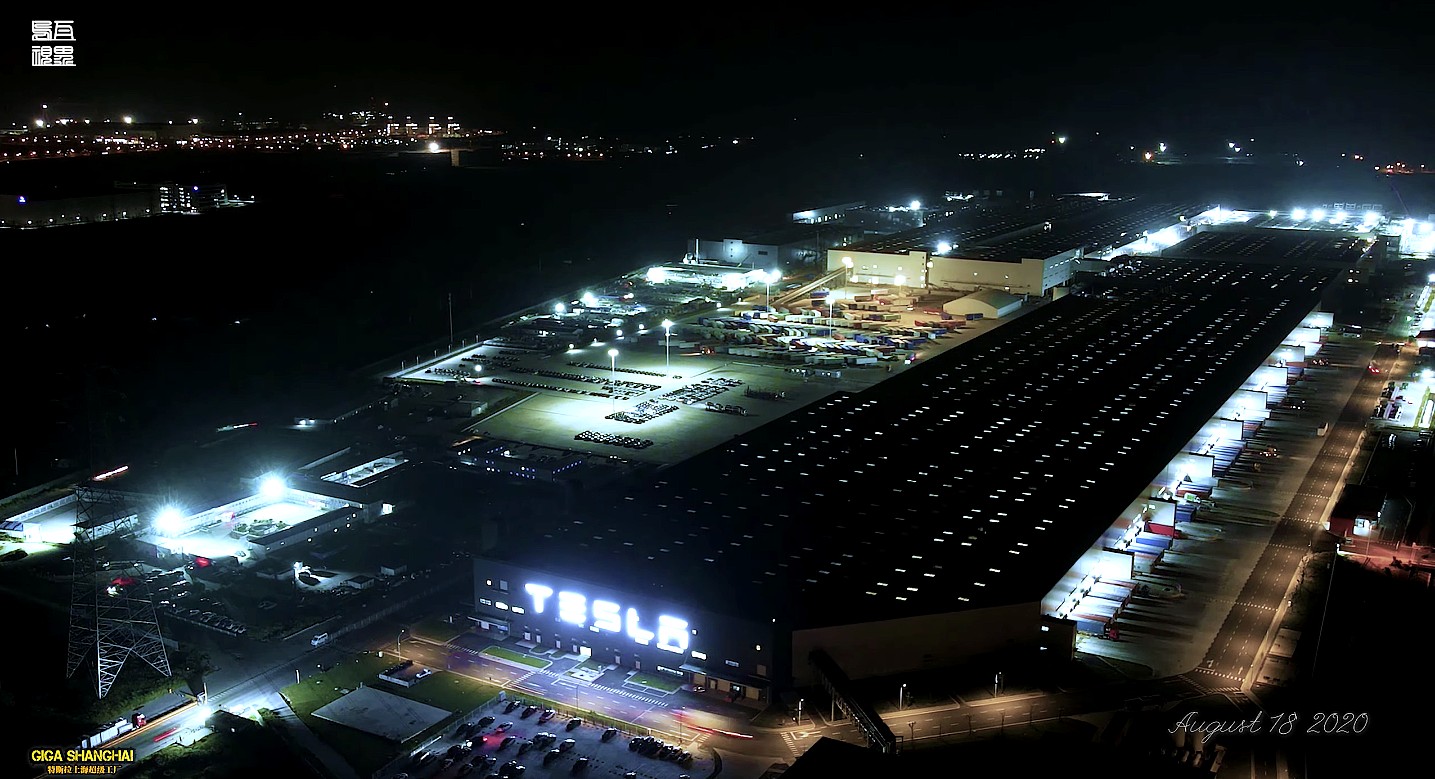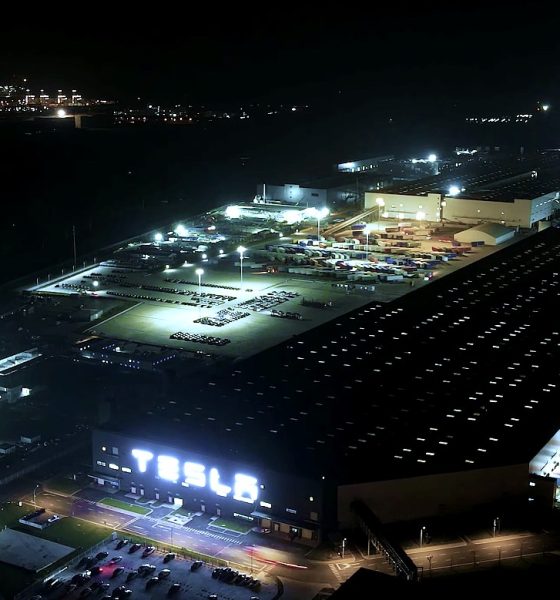Tesla is looking for a Chief Designer to oversee its production of China-specific model releases in the country. The company’s efforts to open a Design Studio in China have been well-known, but the search for someone to help design cars that will be geared toward the Chinese market in specific continues.
Tesla has been manufacturing its electric vehicles in China since late 2019, while the first public deliveries began in January 2020. Since then, the automaker has seen overwhelming growth, which has been driven by incredible demand in China. The Tesla Model 3 is coming off of a highly-successful 2020 where it dominated sales figures for the full year. The Model Y also began production in late 2020 in Shanghai at its manufacturing plant, but the two cars are not all the company has in its plans.
Sources familiar with Tesla’s operation in China told Reuters that the company had started a full-fledged search to find the person who will design China-geared designs moving forward. According to the sources, recruiters and human resources representatives have worked diligently for four months to find a “bi-cultural” candidate with at least 20 years of experience. It will require a subjective sense of automotive design and familiarity with Chinese tastes. Even though Tesla has done relatively well in the Chinese market with its cars, the company plans to attack the market with designs that will speak to local citizens, which should drive sales figures through the roof.
A handful of potential candidates have been interviewed by Franz von Holzhausen, Tesla’s Chief Designer, but it is unknown how many people Tesla has talked to thus far.
In June 2020, Teslarati reported that Tesla was requesting that everyone, regardless of design experience or automotive craftsmanship, design an all-electric car that would appeal to China’s masses. “Even if you are not a car designer, you are welcome to submit. It’s more than just a car designed for you,” Tesla stated. “Please think of China in your Tesla design work.”
This request from the automaker followed a January 2020 Reuters report that revealed Tesla’s plans to design a “Chinese-style” vehicle.
Tesla is coming off its biggest year as a company, successfully delivering 499,650 of its over 509,000 produced cars. Q4 2020 was the company’s biggest quarter yet in terms of production and deliveries, as the company worked diligently to attain the 500,000 vehicle guidance it set for itself well before the COVID-19 pandemic slowed production lines.
Chinese-Style Tesla Vehicles (Source: Tesla China WeChat)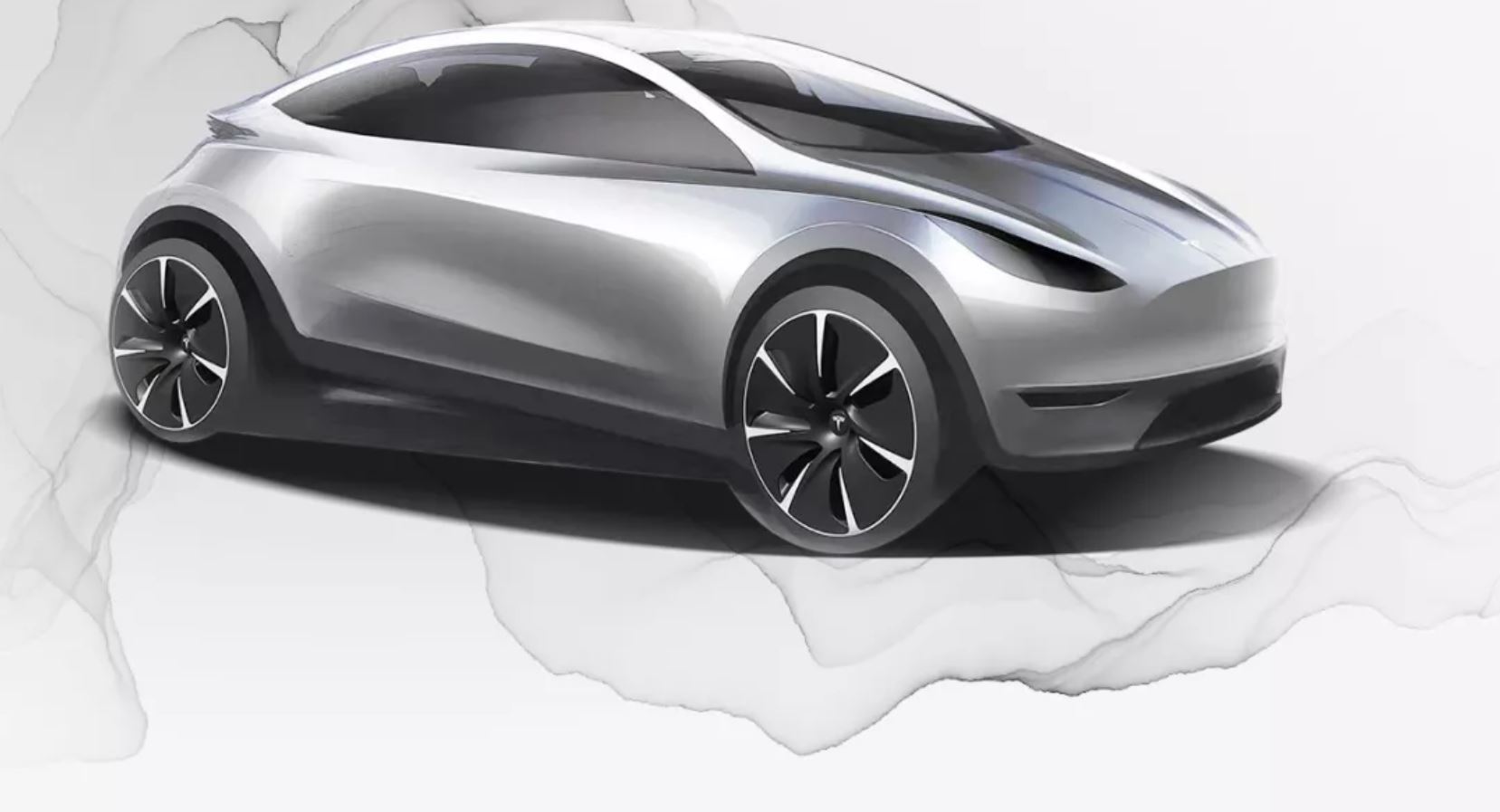
The mission to increase the number of EVs on the road is far from over for Tesla. Now, it seems the automaker will begin adapting body styles to every market, looking to cater to each consumer base individually, instead of planning to release a universally-accepted vehicle that doesn’t require revisions. While Tesla’s cars have been successful in countries other than the U.S., there is still work to be done. With more cars on the road in China than any other country globally, focusing on China could ultimately lead to long-term success for Tesla and may lead to a more prolonged domination of the sector than originally anticipated. CEO Elon Musk has openly stated that other companies will catch up in terms of EV development, but Tesla would be able to remain in their lead due to manufacturing efficiencies.
Once a Chief Designer is hired, Tesla will begin to build a team that will turn renderings into clay models. This will eventually lead to new EV designs being built and a broader range of body styles for consumers to choose from.
It is unclear if the development of new Chinese designs has anything to do with the $25,000 vehicle that Tesla plans to manufacture in China soon. Tesla detailed this vehicle at the company’s Battery Day event in September, where Musk stated that a $25k, fully autonomous car would be available in 3-5 years.
Right now, China is swallowing up demand for small, compact cars, even if they are not electric. The Toyota Corolla and Volkswagen Golf are two of the most popular, and Shanghai-based consultancy group Automotive Foresight says that a compact vehicle could be Tesla’s key to dominating the country and beyond. “A compact Tesla car would do well in China, as well as the rest of Asia and Europe,” Automotive Foresight’s Yale Zhang said. “It could potentially put a serious dent in sales of cars like Toyota’s Corolla and the Volkswagen Golf.”

Elon Musk
SpaceX Starship Version 3 booster crumples in early testing
Photos of the incident’s aftermath suggest that Booster 18 will likely be retired.
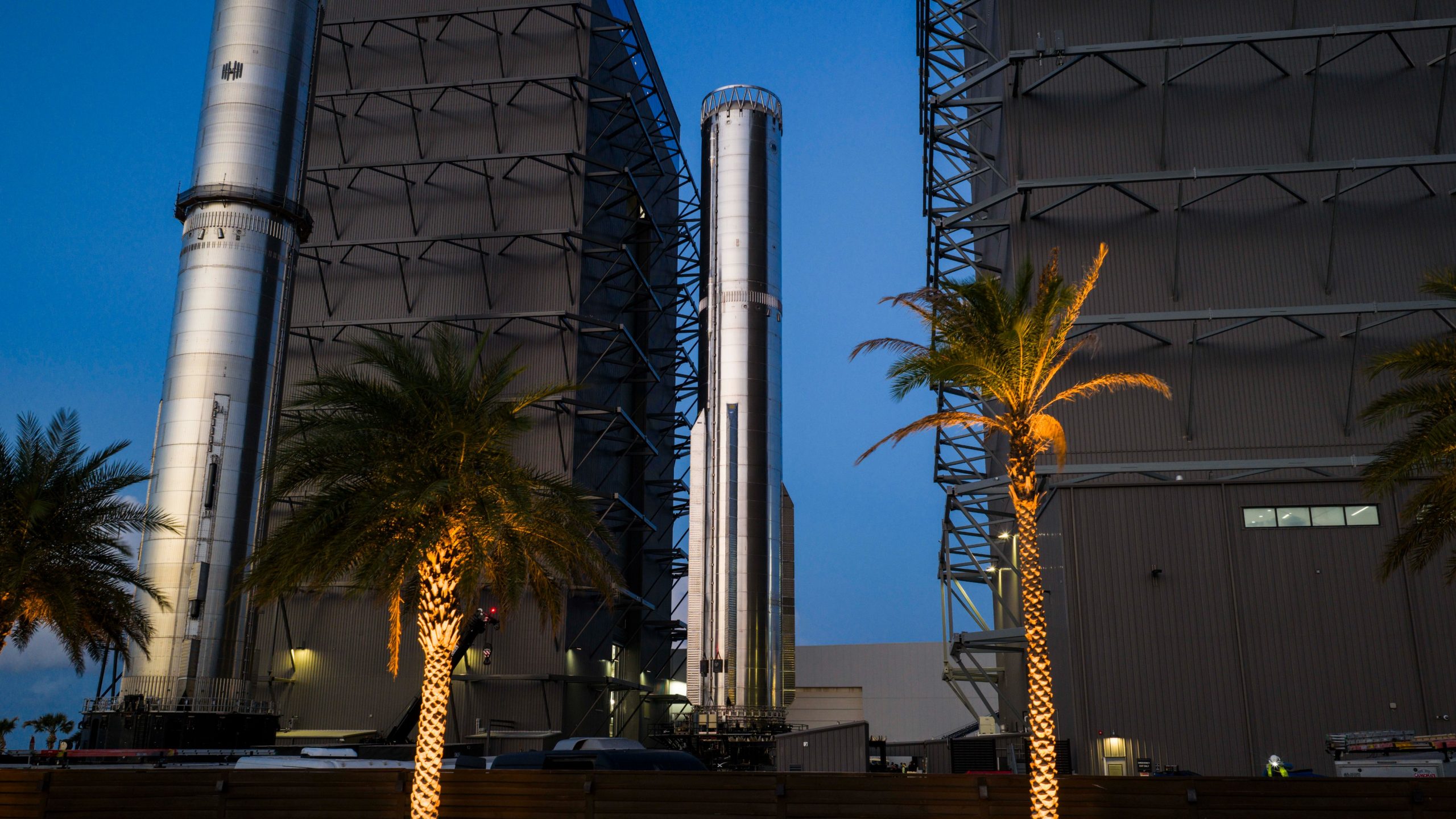
SpaceX’s new Starship first-stage booster, Booster 18, suffered major damage early Friday during its first round of testing in Starbase, Texas, just one day after rolling out of the factory.
Based on videos of the incident, the lower section of the rocket booster appeared to crumple during a pressurization test. Photos of the incident’s aftermath suggest that Booster 18 will likely be retired.
Booster test failure
SpaceX began structural and propellant-system verification tests on Booster 18 Thursday night at the Massey’s Test Site, only a few miles from Starbase’s production facilities, as noted in an Ars Technica report. At 4:04 a.m. CT on Friday, a livestream from LabPadre Space captured the booster’s lower half experiencing a sudden destructive event around its liquid oxygen tank section. Post-incident images, shared on X by @StarshipGazer, showed notable deformation in the booster’s lower structure.
Neither SpaceX nor Elon Musk had commented as of Friday morning, but the vehicle’s condition suggests it is likely a complete loss. This is quite unfortunate, as Booster 18 is already part of the Starship V3 program, which includes design fixes and upgrades intended to improve reliability. While SpaceX maintains a rather rapid Starship production line in Starbase, Booster 18 was generally expected to validate the improvements implemented in the V3 program.
Tight deadlines
SpaceX needs Starship boosters and upper stages to begin demonstrating rapid reuse, tower catches, and early operational Starlink missions over the next two years. More critically, NASA’s Artemis program depends on an on-orbit refueling test in the second half of 2026, a requirement for the vehicle’s expected crewed lunar landing around 2028.
While SpaceX is known for diagnosing failures quickly and returning to testing at unmatched speed, losing the newest-generation booster at the very start of its campaign highlights the immense challenge involved in scaling Starship into a reliable, high-cadence launch system. SpaceX, however, is known for getting things done quickly, so it would not be a surprise if the company manages to figure out what happened to Booster 18 in the near future.
News
Tesla FSD (Supervised) is about to go on “widespread” release
In a comment last October, Elon Musk stated that FSD V14.2 is “for widespread use.”
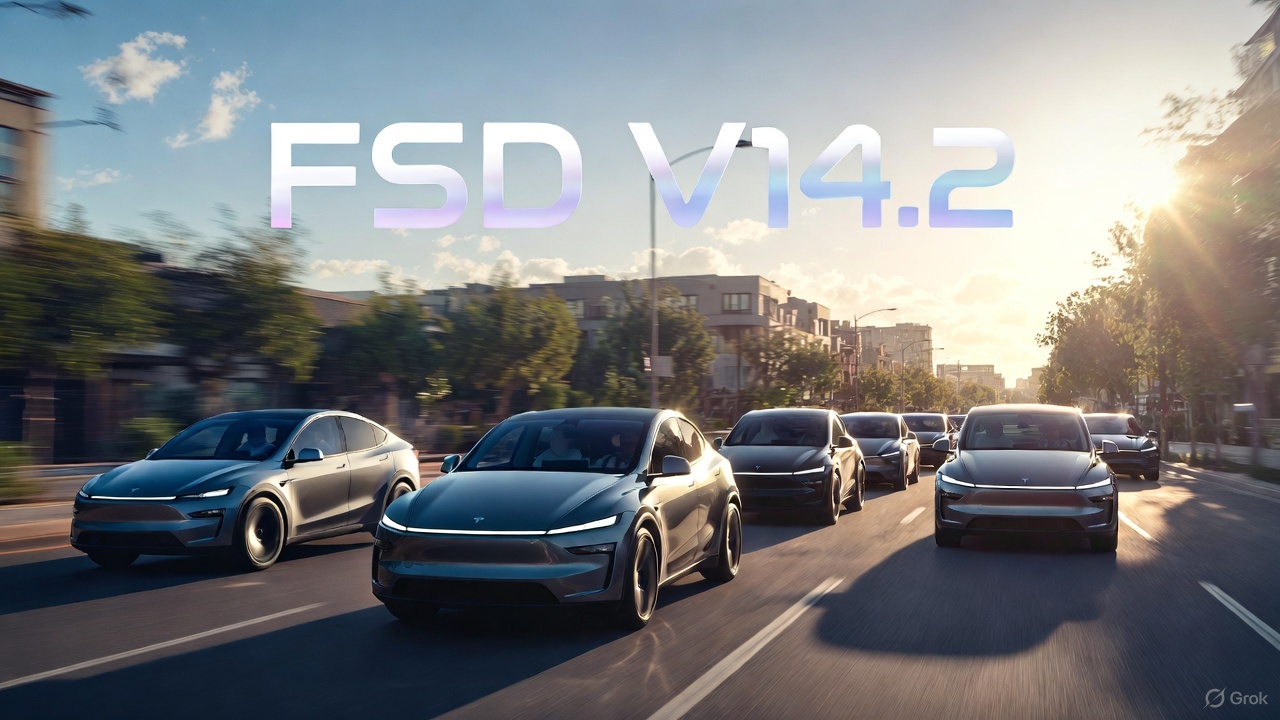
Tesla has begun rolling out Full Self-Driving (Supervised) V14.2, and with this, the wide release of the system could very well begin.
The update introduces a new high-resolution vision encoder, expanded emergency-vehicle handling, smarter routing, new parking options, and more refined driving behavior, among other improvements.
FSD V14.2 improvements
FSD (Supervised) V14.2’s release notes highlight a fully upgraded neural-network vision encoder capable of reading higher-resolution features, giving the system improved awareness of emergency vehicles, road obstacles, and even human gestures. Tesla also expanded its emergency-vehicle protocols, adding controlled pull-overs and yielding behavior for police cars, fire trucks, and ambulances, among others.
A deeper integration of navigation and routing into the vision network now allows the system to respond to blocked roads or detours in real time. The update also enhances decision-making in several complex scenarios, including unprotected turns, lane changes, vehicle cut-ins, and interactions with school buses. All in all, these improvements should help FSD (Supervised) V14.2 perform in a very smooth and comfortable manner.
Elon Musk’s predicted wide release
The significance of V14.2 grows when paired with Elon Musk’s comments from October. While responding to FSD tester AI DRIVR, who praised V14.1.2 for fixing “95% of indecisive lane changes and braking” and who noted that it was time for FSD to go on wide release, Musk stated that “14.2 for widespread use.”
FSD V14 has so far received a substantial amount of positive reviews from Tesla owners, many of whom have stated that the system now drives better than some human drivers as it is confident, cautious, and considerate at the same time. With V14.2 now rolling out, it remains to be seen if the update also makes it to the company’s wide FSD fleet, which is still populated by a large number of HW3 vehicles.
News
Tesla FSD V14.2 starts rolling out to initial batch of vehicles
It would likely only be a matter of time before FSD V14.2 videos are posted and shared on social media.
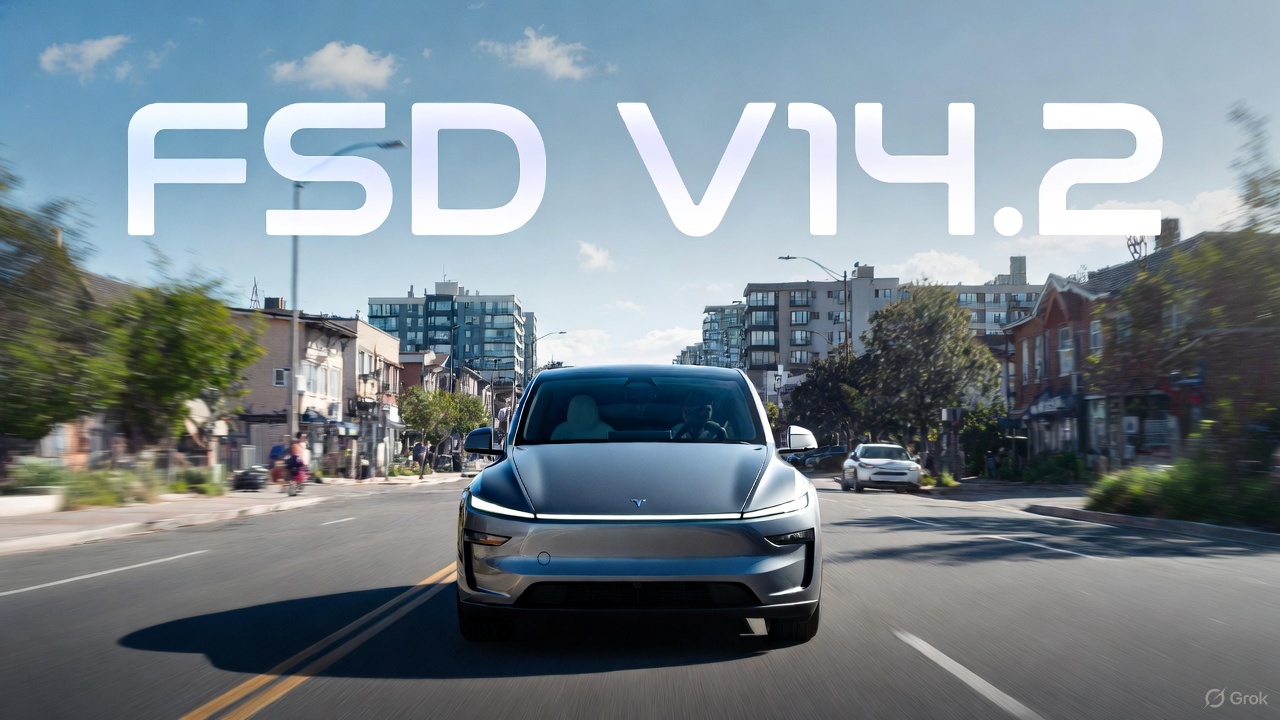
Tesla has begun pushing Full Self-Driving (Supervised) v14.2 to its initial batch of vehicles. The update was initially observed by Tesla owners and veteran FSD users on social media platform X on Friday.
So far, reports of the update have been shared by Model Y owners in California whose vehicles are equipped with the company’s AI4 hardware, though it would not be surprising if more Tesla owners across the country receive the update as well.
Based on the release notes of the update, key improvements in FSD V14.2 include a revamped neural network for better detection of emergency vehicles, obstacles, and human gestures, as well as options to select arrival spots.
It would likely only be a matter of time before FSD V14.2 videos are posted and shared on social media.
Following are the release notes of FSD (Supervised) V14.2, as shared on X by longtime FSD tester Whole Mars Catalog.
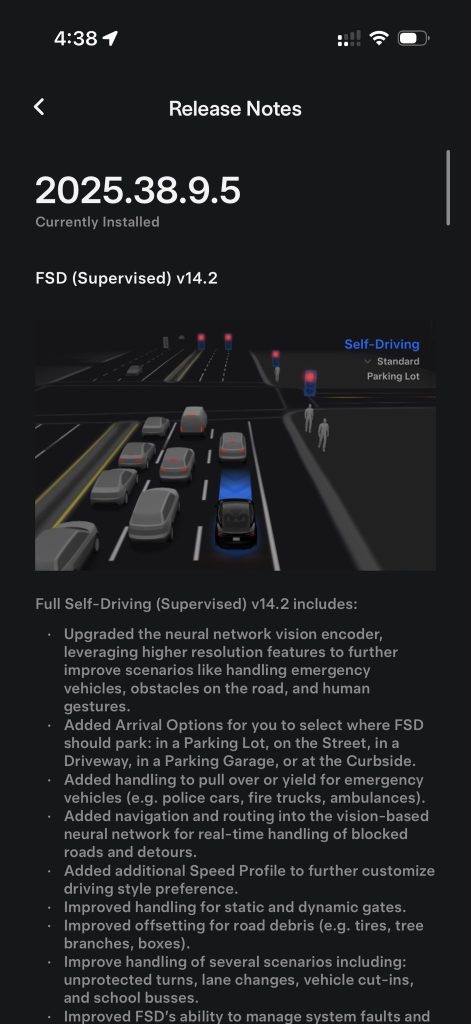
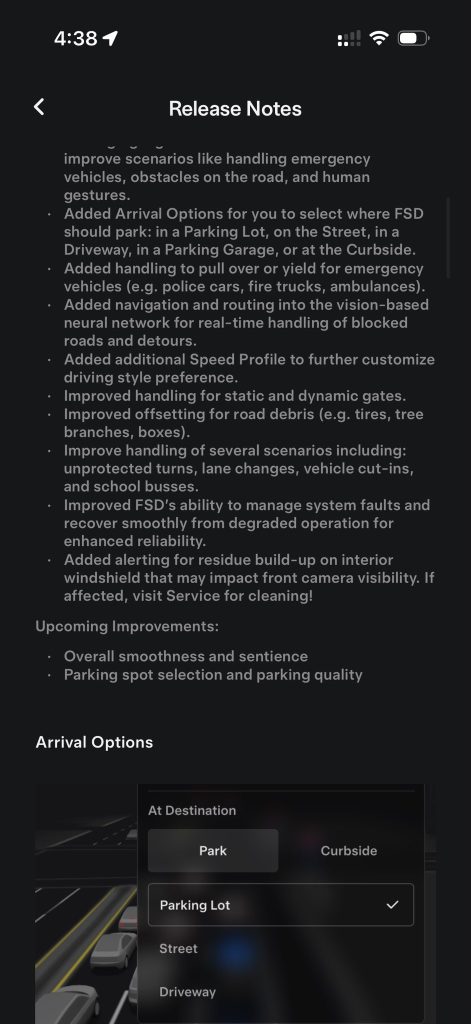
Release Notes
2025.38.9.5
Currently Installed
FSD (Supervised) v14.2
Full Self-Driving (Supervised) v14.2 includes:
- Upgraded the neural network vision encoder, leveraging higher resolution features to further improve scenarios like handling emergency vehicles, obstacles on the road, and human gestures.
- Added Arrival Options for you to select where FSD should park: in a Parking Lot, on the Street, in a Driveway, in a Parking Garage, or at the Curbside.
- Added handling to pull over or yield for emergency vehicles (e.g. police cars, fire trucks, ambulances.
- Added navigation and routing into the vision-based neural network for real-time handling of blocked roads and detours.
- Added additional Speed Profile to further customize driving style preference.
- Improved handling for static and dynamic gates.
- Improved offsetting for road debris (e.g. tires, tree branches, boxes).
- Improve handling of several scenarios including: unprotected turns, lane changes, vehicle cut-ins, and school busses.
- Improved FSD’s ability to manage system faults and improve scenarios like handling emergency vehicles, obstacles on the road, and human gestures.
- Added Arrival Options for you to select where FSD should park: in a Parking Lot, on the Street, in a Driveway, in a Parking Garage, or at the Curbside.
- Added handling to pull over or yield for emergency vehicles (e.g. police cars, fire trucks, ambulances).
- Added navigation and routing into the vision-based neural network for real-time handling of blocked roads and detours.
- Added additional Speed Profile to further customize driving style preference.
- Improved handling for static and dynamic gates.
- Improved offsetting for road debris (e.g. tires, tree branches, boxes).
- Improve handling of several scenarios, including unprotected turns, lane changes, vehicle cut-ins, and school buses.
- Improved FSD’s ability to manage system faults and recover smoothly from degraded operation for enhanced reliability.
- Added alerting for residue build-up on interior windshield that may impact front camera visibility. If affected, visit Service for cleaning!
Upcoming Improvements:
- Overall smoothness and sentience
- Parking spot selection and parking quality
